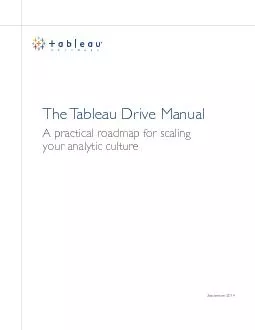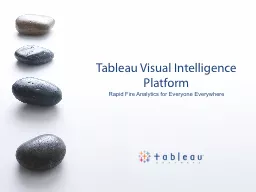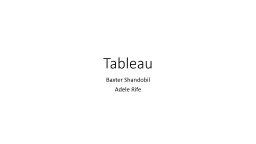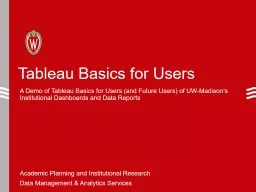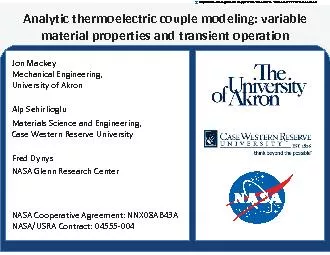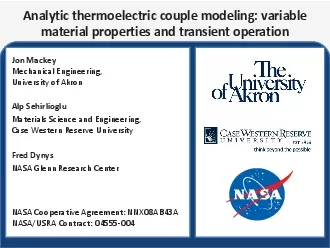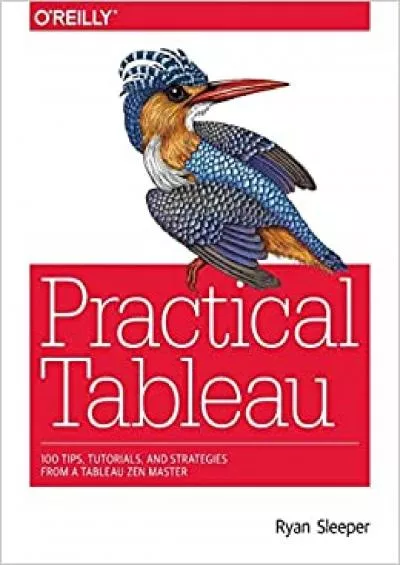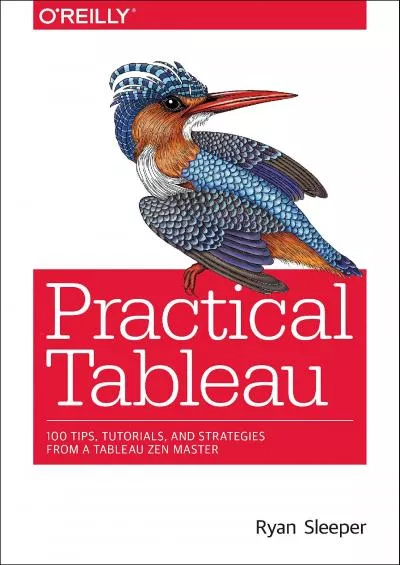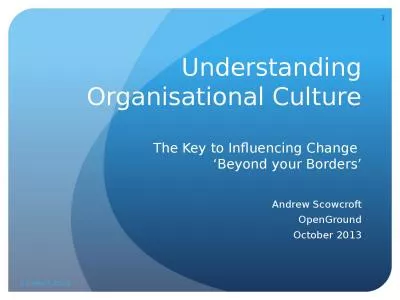PDF-A practical roadmap for scalingyour analytic cultureThe Tableau Drive
Author : debby-jeon | Published Date : 2015-11-10
September 2014 p2 Supporting the Cycle of Visual AnalysisRoles and Responsibilities IT and Business UsersDrive TeamsThe Four Phases of DriveDiscovery PhaseGlossaryTableau
Presentation Embed Code
Download Presentation
Download Presentation The PPT/PDF document "A practical roadmap for scalingyour anal..." is the property of its rightful owner. Permission is granted to download and print the materials on this website for personal, non-commercial use only, and to display it on your personal computer provided you do not modify the materials and that you retain all copyright notices contained in the materials. By downloading content from our website, you accept the terms of this agreement.
A practical roadmap for scalingyour analytic cultureThe Tableau Drive: Transcript
Download Rules Of Document
"A practical roadmap for scalingyour analytic cultureThe Tableau Drive"The content belongs to its owner. You may download and print it for personal use, without modification, and keep all copyright notices. By downloading, you agree to these terms.
Related Documents

